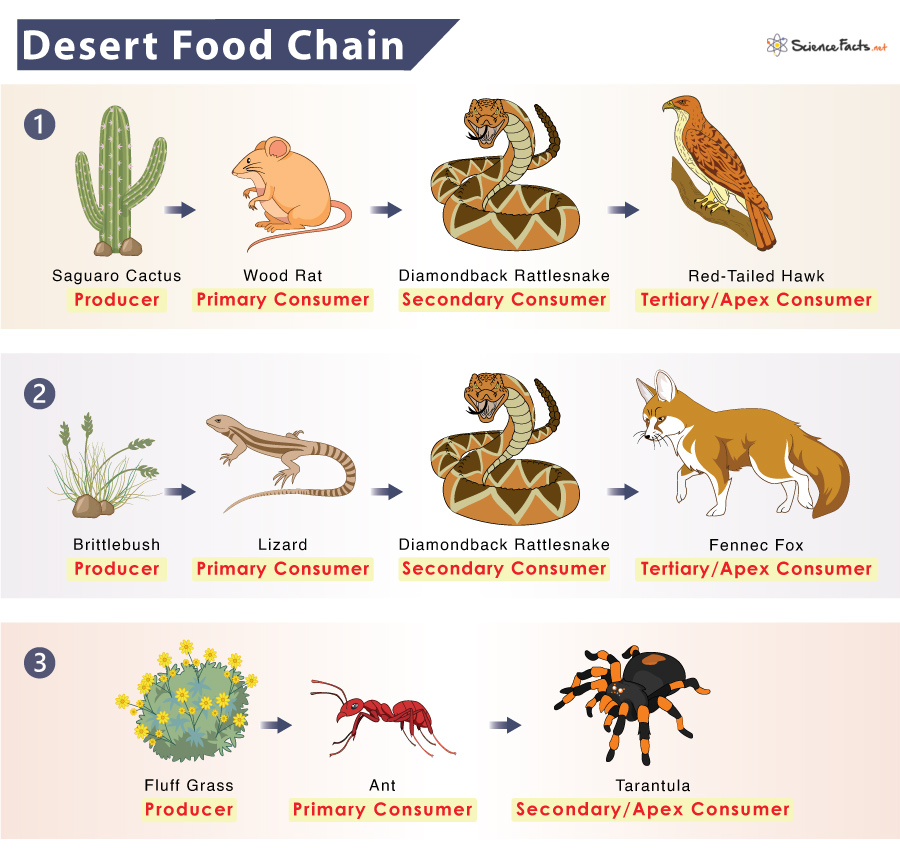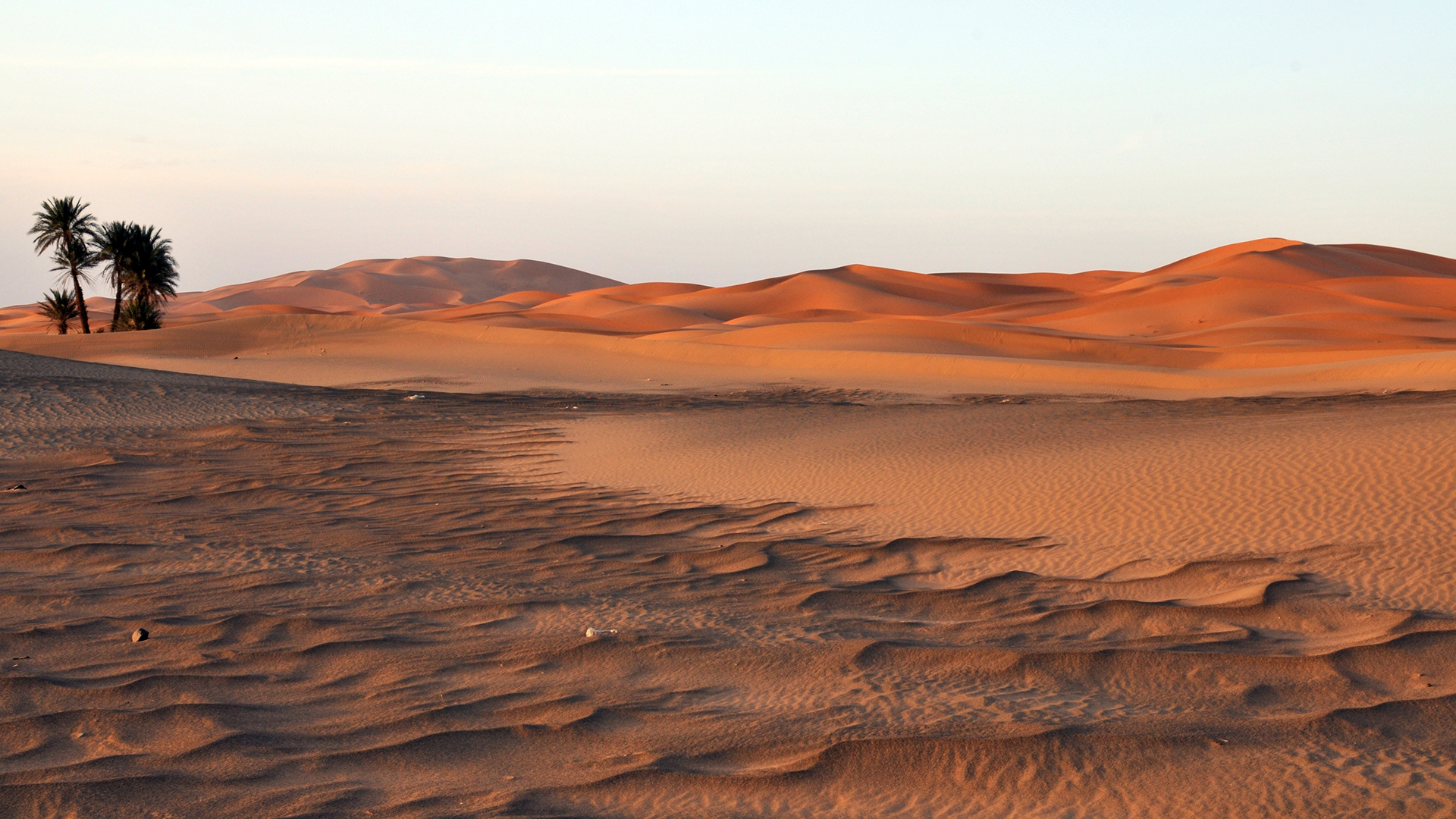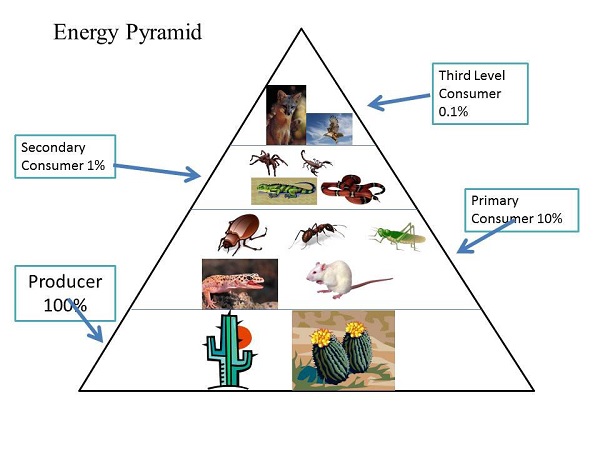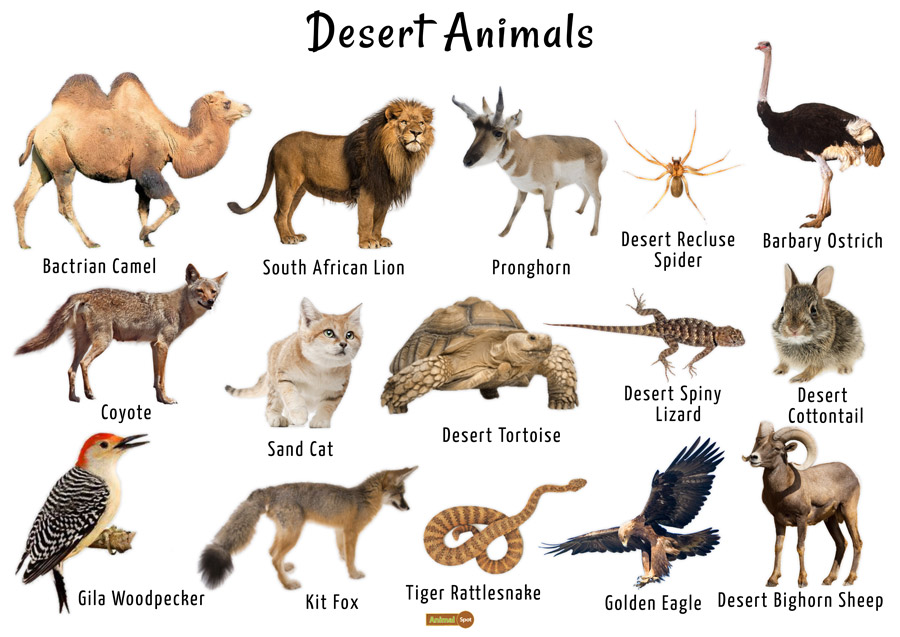Topic ecosystem desert facts: Discover the fascinating world of desert ecosystems, where life thrives against all odds, revealing the resilience and beauty of nature"s most arid landscapes.
Table of Content
- How do organisms in desert ecosystems adapt to the extremely low levels of rainfall?
- Understanding Desert Ecosystems
- Types of Deserts: Hot, Cold, Coastal, and Semi-Arid
- Flora Adaptations: Survival in Arid Conditions
- Wildlife Adaptations: Unique Survival Strategies
- Desert Climate: Temperature Extremes and Precipitation Patterns
- Water Conservation Techniques in Deserts
- YOUTUBE: National Geographic Deserts 101
- Desertification: Causes, Effects, and Solutions
- Human Life in Deserts: Cultures and Innovations
- Conservation Efforts: Protecting Fragile Desert Ecosystems
- Exploring Deserts: Tourism and Education
How do organisms in desert ecosystems adapt to the extremely low levels of rainfall?
Organisms in desert ecosystems have evolved unique adaptations to survive and thrive in the extremely low levels of rainfall. These adaptations enable them to conserve water, tolerate high temperatures, and make the most of limited resources. Here are some ways in which desert organisms adapt:
-
Xerophytic plants: Many desert plants have adapted to conserve water by reducing the surface area of their leaves, having thick waxy coatings, or developing spines instead of leaves. These adaptations help minimize water loss through transpiration.
-
Dormancy and drought tolerance: Some desert plants and organisms have the ability to go into a dormant state during periods of extreme drought. They reduce their metabolic activity or enter a state of temporary dormancy until water becomes available again.
-
Water storage: Certain desert plants, such as cacti, have specialized tissues that can store and retain water for long periods. These plants can absorb and store large amounts of water during infrequent rainfall, enabling them to survive through dry periods.
-
Nocturnal activity: Many desert animals, including insects, reptiles, and mammals, have adapted to be active during the cooler nighttime hours when temperatures are more tolerable. This behavior helps them avoid excessive water loss through evaporation and reduce heat stress.
-
Efficient water excretion: Desert organisms have efficient mechanisms for conserving and excreting water. Some animals, like kangaroo rats, can produce very concentrated urine to minimize water loss, while others have specialized adaptations in their kidneys to reabsorb as much water as possible.
-
Sand and burrowing: Some desert animals, such as snakes and scorpions, burrow into the sand during the hottest parts of the day to escape the extreme heat and reduce water loss. These burrows provide cooler and more humid environments.
In summary, desert organisms have evolved a variety of adaptations to cope with the extremely low levels of rainfall in their ecosystems. These adaptations allow them to conserve water, tolerate high temperatures, and make the most efficient use of available resources.
READ MORE:
Understanding Desert Ecosystems
Desert ecosystems are unique landscapes that thrive under extreme conditions. Despite harsh climates and limited water resources, these areas are rich in biodiversity and play a critical role in the Earth"s ecology. Understanding these ecosystems involves exploring their climate, flora, fauna, and the adaptations that allow life to flourish.
- Climate: Characterized by low precipitation, high evaporation rates, and temperature extremes.
- Flora: Plants have evolved adaptations like deep root systems, reduced leaf area, and wax-coated surfaces to minimize water loss.
- Fauna: Animals possess unique adaptations for water conservation and temperature regulation, such as nocturnal lifestyles to avoid daytime heat.
- Adaptations: Both plants and animals have developed remarkable strategies to survive with minimal water and extreme temperatures.
Deserts are not lifeless wastelands but are instead vibrant ecosystems with a delicate balance of life adapted to the environment"s challenges. Understanding these ecosystems is crucial for their conservation and the sustainability of their unique biodiversity.
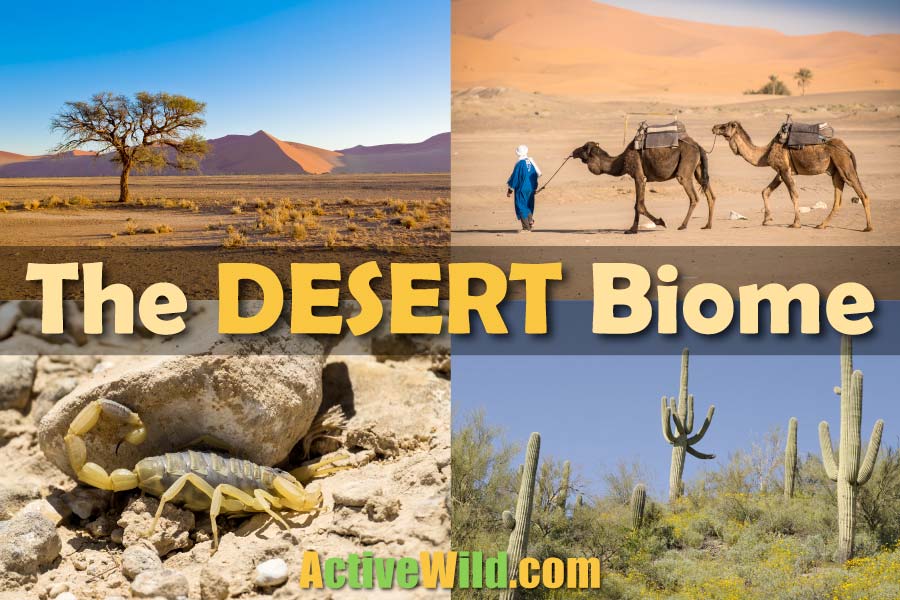
Types of Deserts: Hot, Cold, Coastal, and Semi-Arid
Deserts are fascinating ecosystems that, despite their harsh conditions, are home to a wide range of life forms and geological features. They are categorized into four main types based on their climatic conditions and geographical locations: hot, cold, coastal, and semi-arid deserts.
- Hot Deserts: Known for their extreme heat and dryness, hot deserts are typically found near the equator. The Sahara Desert in Africa, the largest hot desert in the world, exemplifies this category with its vast sand dunes and scorching temperatures. Plants and animals in these areas have adapted to survive with minimal water.
- Cold Deserts: Contrary to popular belief, not all deserts are hot. Cold deserts, such as the Gobi Desert in Asia, experience very low temperatures, especially in winter. They receive more precipitation than hot deserts but still less than other ecosystems. The flora and fauna here have evolved to withstand both cold and drought.
- Coastal Deserts: These deserts are located along coastlines where cold ocean currents reduce precipitation. The Namib Desert in Africa is a prime example, with its unique ecosystem that supports a variety of life forms, including fog-dependent plants and insects.
- Semi-Arid Deserts: Also known as steppe climates, semi-arid deserts serve as transitional zones between hot deserts and more humid environments. They experience slightly more rainfall than other types of deserts, which supports a greater diversity of life. The Great Basin Desert in the USA is an example of a semi-arid desert.
Each type of desert presents a unique set of conditions and challenges, leading to diverse adaptations among the plants and animals that inhabit these areas. From the cacti of hot deserts storing water in their thick stems to the camels of cold deserts with their ability to go for long periods without water, the resilience of life in these environments is truly remarkable. Understanding the characteristics of these deserts is crucial for their conservation and the survival of their indigenous cultures and wildlife.
Flora Adaptations: Survival in Arid Conditions
The flora of desert ecosystems demonstrates remarkable adaptations that enable survival in the harsh, arid conditions characteristic of these environments. These adaptations are crucial for conserving water, capturing scarce nutrients, and dealing with extreme temperatures and sunlight. Here"s a closer look at some of the most fascinating adaptations of desert flora:
- Water Storage: Many desert plants, such as cacti, have evolved to store water in their leaves, stems, or roots. This allows them to survive long periods of drought. The thick, fleshy tissues of these plants retain water efficiently.
- Reduced Leaf Surface Area: To minimize water loss through transpiration, some desert plants have small leaves, or in the case of cacti, have transformed their leaves into spines. This significantly reduces the surface area through which water can evaporate.
- Deep Root Systems: Some desert plants have developed deep root systems that can extend far into the ground to access water sources that are not available at the surface. This adaptation allows them to survive in environments where water is scarce.
- Waxy Coatings: Many desert plants have a waxy surface on their leaves or stems, which helps to reduce water loss by reflecting sunlight and creating a barrier to water evaporation.
- Opening Stomata at Night: Certain desert plants, including many succulents, open their stomata (tiny openings on the leaves) at night instead of during the day. This process, known as CAM photosynthesis, minimizes water loss by allowing for gas exchange in cooler, more humid conditions.
- Thorns and Spines: Besides serving as a defense mechanism against herbivores, thorns and spines also reduce air flow around the plant, decreasing water loss and providing some shade.
These adaptations are not only crucial for the survival of desert plants but also play a significant role in the overall functioning of desert ecosystems. They contribute to the biodiversity of these environments and support the food webs that sustain desert wildlife. By understanding these adaptations, we can better appreciate the resilience of life in deserts and the importance of conserving these unique ecosystems.

Wildlife Adaptations: Unique Survival Strategies
Desert wildlife exhibits a fascinating array of adaptations that enable them to thrive in extreme conditions characterized by intense heat, scarce water, and limited food resources. These adaptations are essential for managing the thermal stress and dehydration that can occur in such environments. Here are some of the unique survival strategies developed by desert animals:
- Nocturnal Behavior: Many desert animals are nocturnal, active during the cooler nighttime hours to avoid the scorching daytime temperatures. This behavior helps them conserve water and reduce the risk of overheating.
- Efficient Water Use: Desert animals have evolved various ways to minimize water loss and maximize water intake. Some species, such as kangaroo rats, can extract sufficient moisture from their food and produce highly concentrated urine to conserve water.
- Thermal Regulation: Certain desert animals have adapted to regulate their body temperature through behavioral and physiological means. For example, camels can tolerate high body temperatures, allowing them to conserve water by not sweating as quickly.
- Burrowing: Many desert species, such as the fennec fox and various reptiles, escape the heat by burrowing into the cool underground. This also provides them with a safe space from predators.
- Camouflage: Camouflage is a critical survival strategy for both predators and prey in the desert. The coloring and patterns of animals like the desert fox or the horned lizard blend seamlessly with their sandy environment, helping them avoid detection.
- Seasonal Behavior: Some desert animals exhibit seasonal behaviors, such as hibernation during extreme heat or drought, and estivation to escape unfavorable conditions. This allows them to survive periods when resources are particularly scarce.
These survival strategies demonstrate the incredible resilience and adaptability of desert wildlife. The ability to thrive under such extreme conditions highlights the intricate balance within desert ecosystems and underscores the importance of preserving these habitats for the diverse species that call them home.
Desert Climate: Temperature Extremes and Precipitation Patterns
The desert climate is characterized by minimal rainfall, extreme temperature variations, and dry air, making it one of the most challenging environments on Earth. Understanding the unique climate features of deserts is essential to appreciating how both flora and fauna have adapted to survive in these conditions.
- Low Precipitation: Deserts typically receive less than 250 millimeters (10 inches) of rain per year. Some of the world"s driest deserts, such as the Atacama in South America, may receive rain only once in several years. The scarcity of water shapes every aspect of life in these regions.
- Temperature Extremes: Desert temperatures can be extreme, with daytime temperatures soaring above 38°C (100°F) and dropping dramatically at night. This is due to the lack of humidity in the air, which allows heat to escape rapidly once the sun sets.
- High Evaporation Rates: The combination of high temperatures and low humidity leads to high evaporation rates, further reducing the availability of surface water. This makes water conservation a critical survival strategy for desert inhabitants.
- Seasonal Variability: While deserts are generally hot, their climate can vary seasonally, especially in cold deserts, where winter temperatures can drop below freezing. This variability affects the types of plants and animals that can thrive in these environments.
- Sunlight Intensity: Deserts have high levels of sunlight throughout the year, contributing to their high temperatures and making them ideal for solar energy production. However, this intense sunlight can also be a challenge for living organisms, requiring adaptations to protect against exposure.
The desert climate, with its harsh conditions and stark contrasts, plays a crucial role in shaping the ecosystems found within these landscapes. The resilience of desert flora and fauna in adapting to such an environment is a testament to the diversity and adaptability of life on Earth.

Water Conservation Techniques in Deserts
In the arid desert environment, where water is a precious and often scarce resource, effective water conservation techniques are vital for sustaining both human life and the natural ecosystem. Innovations and traditional practices work hand in hand to maximize the efficiency of water use. Here are some key strategies employed in deserts for water conservation:
- Rainwater Harvesting: Capturing and storing rainwater for future use is a critical technique in deserts. This can involve simple methods like collecting water on rooftops or more complex systems designed to capture runoff in large basins.
- Drip Irrigation: This method allows water to drip slowly to the roots of plants, minimizing evaporation and ensuring that water is used efficiently. Drip irrigation is particularly effective for agriculture in desert regions, where every drop of water counts.
- Use of Indigenous Plants: Planting native vegetation that is adapted to arid conditions can significantly reduce water usage. Indigenous plants require less water to thrive, helping to conserve the limited supply.
- Mulching: Applying a layer of mulch around plants helps to retain soil moisture, reduce evaporation, and keep root systems cool. Organic mulches can also improve soil fertility as they decompose.
- Water Recycling and Reuse: Treating and reusing wastewater for agricultural and landscaping purposes is another way to make the most of available water. Modern treatment technologies can safely recycle water for various uses.
- Solar-Powered Desalination: In coastal desert regions, desalination powered by solar energy offers a sustainable method to convert seawater into fresh water without relying heavily on fossil fuels.
- Traditional Water Catchment Systems: Many desert communities rely on ancient techniques for collecting and storing water, such as underground cisterns or qanats—a system of gravity-fed water channels.
These water conservation techniques are essential for supporting life in desert environments. By utilizing a combination of modern technologies and traditional knowledge, desert inhabitants can efficiently manage and conserve their most precious resource: water.
National Geographic Deserts 101
\"Discover the mesmerizing beauty and captivating mysteries of deserts in this awe-inspiring video. Marvel at the stunning landscapes, unique wildlife, and resilient plants that thrive in these arid regions. Prepare to be amazed by the sheer wonder of deserts!\"
Desert Biome Facts
\"Embark on an extraordinary journey through the enchanting world of the desert biome in this fascinating video. Explore the intricate web of life that exists in these extreme environments, and gain a newfound appreciation for the incredible adaptations of its inhabitants. Brace yourself for an immersive experience like no other!\"
Desertification: Causes, Effects, and Solutions
Desertification is a critical environmental issue that involves the degradation of land in arid, semi-arid, and dry sub-humid areas, primarily due to various factors including climate change and human activities. This process turns fertile land into desert, impacting ecosystems, biodiversity, and the livelihoods of millions of people. Understanding the causes, effects, and solutions to desertification is essential for sustainable land management and environmental preservation.
- Causes of Desertification:
- Overgrazing: Livestock consume vegetation faster than it can regenerate, leading to soil erosion.
- Deforestation: Removing trees reduces the land"s ability to retain moisture, exacerbating erosion.
- Unsustainable Farming Practices: Overcultivation and improper irrigation practices deplete soil nutrients and lead to salinization and alkalization.
- Climate Change: Increased temperatures and changing precipitation patterns contribute to drying of lands.
- Effects of Desertification:
- Loss of Biodiversity: Desertification destroys habitats, leading to a decline in plant and animal species.
- Food Security: The reduction in arable land decreases agricultural productivity, impacting food supply.
- Water Scarcity: Degradation of land contributes to diminished water resources, affecting human and animal populations.
- Socio-economic Impact: Desertification can lead to increased poverty and displacement of people as their means of livelihood vanish.
- Solutions to Desertification:
- Afforestation and Reforestation: Planting trees to restore degraded land helps improve soil quality and moisture retention.
- Sustainable Agriculture: Practices such as crop rotation, organic farming, and efficient water use can maintain soil fertility.
- Improved Land Management: Implementing policies that regulate land use to prevent overgrazing and deforestation.
- Community Involvement: Engaging local communities in conservation efforts ensures the success of initiatives to combat desertification.
- International Cooperation: Global partnerships and sharing of knowledge and resources are crucial for addressing the widespread effects of desertification.
Combating desertification requires a holistic approach that addresses the root causes and involves the cooperation of international bodies, national governments, local communities, and individuals. By implementing sustainable land management practices and promoting environmental stewardship, we can mitigate the effects of desertification and protect our planet for future generations.

Human Life in Deserts: Cultures and Innovations
Despite the harsh conditions, deserts have been home to human populations for thousands of years. These communities have not only survived but thrived by developing unique cultures and innovations adapted to the extreme environment. The resilience and ingenuity of desert dwellers offer valuable lessons in sustainability and living harmoniously with nature.
- Architectural Innovations: Traditional desert architecture includes features designed to keep buildings cool, such as thick walls made of mud brick, courtyards, wind towers, and reflective white surfaces. Modern adaptations continue to explore sustainable, energy-efficient designs.
- Water Management Techniques: Ancient innovations such as qanats (underground water channels), fog harvesting, and dew ponds are examples of how desert communities have historically managed water scarcity. These techniques are still relevant and inspire contemporary water conservation methods.
- Agricultural Practices: Desert agriculture relies on ingenious practices like terracing, drip irrigation, and the use of shade nets to minimize water use and maximize productivity. The cultivation of drought-resistant crops is also common.
- Cultural Traditions: Desert cultures are rich in traditions that reflect a deep connection to the environment. This includes nomadic lifestyles, storytelling, music, and festivals that celebrate the desert landscape and its resources.
- Economic Activities: Beyond agriculture, desert communities engage in crafts, trade, and tourism. The production of textiles, pottery, and jewelry plays a significant role in local economies and cultural expression.
- Sustainable Energy: The abundance of sunlight in desert regions makes them ideal for solar energy production. Many desert communities are leveraging this resource to generate clean, sustainable power.
The ability of humans to adapt to the challenges of desert life is a testament to our capacity for innovation and resilience. By learning from the past and incorporating modern technology, desert communities continue to find new ways to sustain their way of life and protect the fragile ecosystems they inhabit.
Conservation Efforts: Protecting Fragile Desert Ecosystems
Desert ecosystems, while appearing rugged and resilient, are incredibly fragile and sensitive to changes in climate and human activities. Protecting these unique landscapes requires concerted conservation efforts, both to preserve biodiversity and to maintain the ecological balance. Here are key strategies and initiatives aimed at conserving desert ecosystems:
- Protected Areas: Establishing national parks, reserves, and wildlife sanctuaries to protect desert landscapes and their native species. These protected areas help to conserve the natural habitat and provide a refuge for endangered species.
- Combating Desertification: Implementing sustainable land management practices to prevent desertification. This includes efforts to improve soil health, manage water resources efficiently, and restore degraded land.
- Research and Monitoring: Conducting scientific research to understand desert ecosystems better and monitoring changes to identify threats early. This information is crucial for developing effective conservation strategies.
- Community Involvement: Engaging local communities in conservation efforts, recognizing their traditional knowledge and practices that can contribute to sustainable ecosystem management.
- Sustainable Tourism: Promoting eco-friendly tourism practices that minimize environmental impact and generate revenue for conservation while raising awareness about the importance of desert ecosystems.
- Legislation and Policy: Advocating for and implementing laws and policies that protect desert environments from harmful activities, such as overgrazing, mining, and unsustainable land development.
- International Cooperation: Collaborating across borders to address challenges that affect desert regions globally, such as climate change and biodiversity loss. International agreements and partnerships are vital for sharing knowledge and resources.
Through these and other efforts, conservationists aim to safeguard the delicate balance of desert ecosystems, ensuring they continue to thrive for generations to come. The survival of desert environments and their unique forms of life is integral to the planet"s overall ecological health and diversity.

READ MORE:
Exploring Deserts: Tourism and Education
Deserts, with their vast landscapes and unique ecosystems, offer incredible opportunities for tourism and education. Exploring these environments can provide valuable insights into biodiversity, conservation, and the cultural heritage of local communities. Here are ways in which deserts can be explored responsibly and educatively:
- Eco-Tours: Guided tours that emphasize sustainability and education, allowing visitors to experience the beauty of the desert while learning about its ecology and the importance of conservation efforts.
- Adventure Activities: Responsible adventure tourism, including hiking, sandboarding, and camel trekking, offers thrilling ways to explore the desert"s diverse landscapes without harming the environment.
- Cultural Experiences: Interaction with local communities and participation in cultural experiences, such as traditional music, dance, and crafts, provide insights into the rich heritage of people living in desert regions.
- Wildlife Safaris: Wildlife viewing tours can help visitors appreciate the variety of life adapted to the harsh desert conditions. These tours also support conservation by raising awareness and generating funds.
- Educational Programs: Schools and universities often conduct field trips and research projects in deserts, offering students hands-on learning experiences about desert ecosystems and environmental science.
- Photography and Art: Deserts are a magnet for photographers and artists, drawn by the landscape"s dramatic beauty. Workshops and retreats can inspire creativity while fostering an appreciation for these natural wonders.
- Conservation Volunteering: Volunteering opportunities with conservation projects allow individuals to contribute to the preservation of desert ecosystems. This can include activities like planting native vegetation, wildlife monitoring, and removing invasive species.
Exploring deserts through tourism and education should always be done with respect for the environment and local cultures. By promoting sustainable practices and fostering a deep appreciation for these unique ecosystems, we can ensure that deserts continue to inspire and educate future generations.
Discover the resilience and beauty of desert ecosystems, where life thrives against the odds, highlighting the importance of conservation and understanding these unique habitats.
